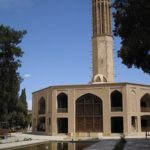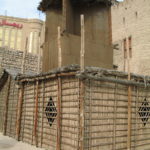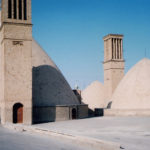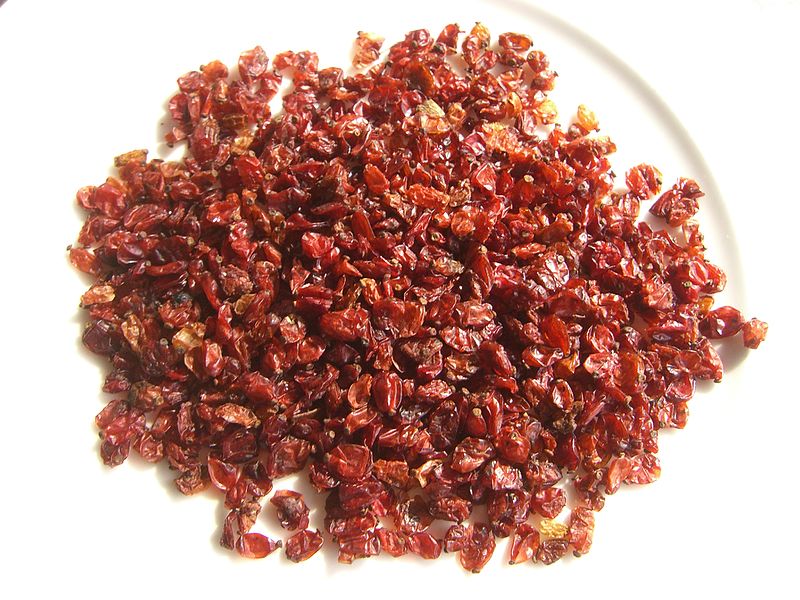
Today’s blog post is taking us to the Middle East again, to Persia, India and the Arab world, and to a special architectural feature of these hot regions of Asia, namely the so-called badgir or windcatcher (wind tower) (Persian: بادگیر bâdgir, from bâd ‘wind’ + gir ‘catcher’, Arabic malqaf الملاقف )(Arabic: also known as barjeel بارجيل )
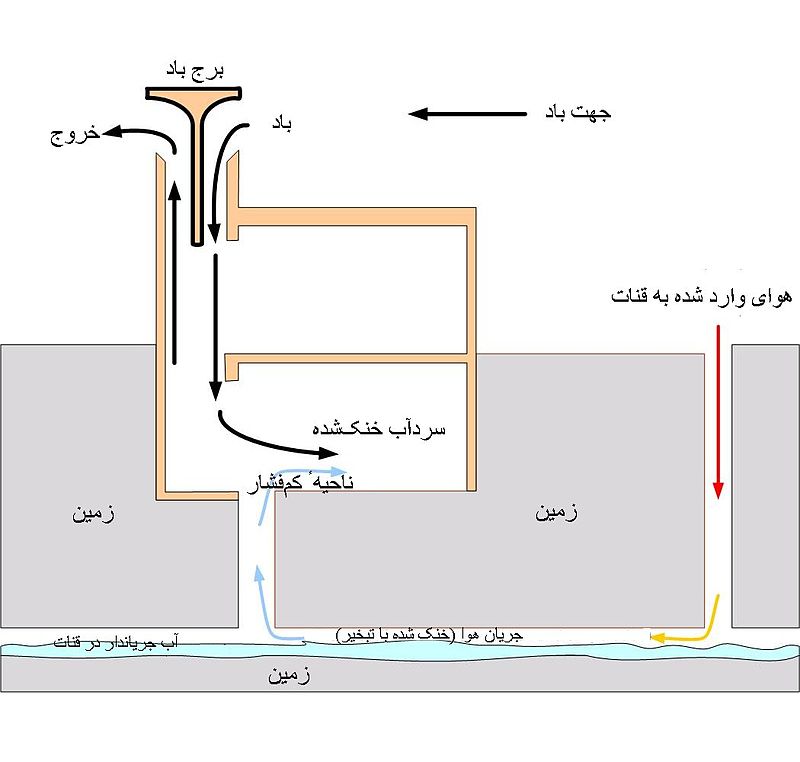
The Badgir can be found in all regions of Asia which were historically influenced by the Persian Empire. It is a windcatcher or windscoop that usually takes the form of a tower or turret and which is installed on roofs, often one for each room. It is usually built in a fixed position on the roof with one downward opening since the locally prevailing winds always blow from the same direction. The badgir tower has small slots or vents which admit the wind and deflect it down a shaft, which often reaches to the ground floor, and at the bottom of which is an opening. Air circulation is guaranteed by the difference in air pressure on the wind side and leeward side of the house. The air flowing into the interior of the building can still be warmer than the air already inside, but a cooling effect is achieved by the enhanced evaporation caused by the constant airflow, which moves humid and stale air. To increase the cooling effect, water vessels are often placed inside the shaft or damp straw mats are hung across the vent.
The badgir‘s effectiveness in cooling has led to its being used as a refrigerating device, e.g. for water reservoirs (Ab anbar) (Farsi: ab anbar آب انبار ab = ‘water’, anbar ‘storage facility’).
- Author: Fabienkhan, via Wikipedia Commons Badgir in Dolatabad Gardens, Yazd, Iran
- Author: Denise Chan, via Wikipedia Commons Windcatcher in Dubai
- Author: Zereshk, via Wikipedia Commons Ab Anbar cistern with a badgir-windcatcher tower
Badgirs have been in use for at least 500 years, their exact origin being uncertain, but they have already been known in Ancient Egypt.
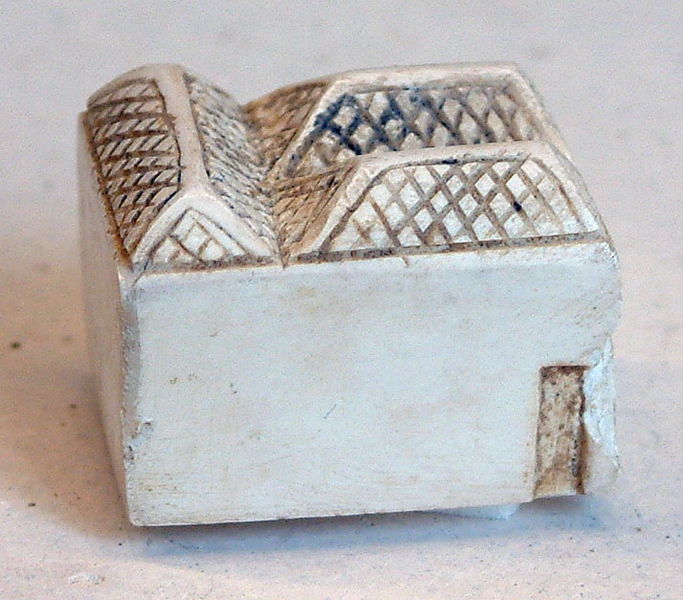
Author: Guillaume Blanchard, via Wikipedia Commons Maison miniature : Pièce de jeu (?) en ivoire provenant d’une tombe d’Abou Roach (près du Caire) contemporaine du roi Den (Période thinite)
An interesting article on ab anbars: https://en.wikipedia.org/wiki/Ab_anbar
Is there also a similar architectural device in your culture?? Tell us about it in the comments! 🙂

